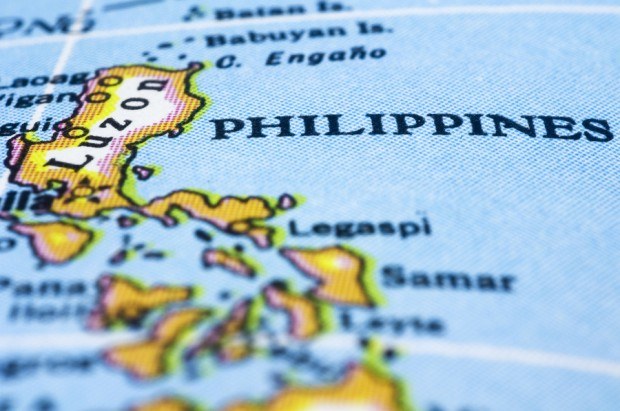Schools were shut in the greater Manila area and nearby cities as Typhoon Melor triggered a storm that paralyzed traffic with floods across the Philippine capital, the government said.
The typhoon, which has left at least four dead and millions without electricity, weakened slightly after it packed winds of 130 kilometers (81 miles) an hour and is now over the South China Sea, the Philippine weather bureau said in a report Wednesday. The government had issued warnings of flash floods and landslides in the capital and nearby provinces. Almost 7,000 passengers in seaports are still stranded.
Typhoon Melor made landfall Monday in the Northern Samar province, forcing authorities to evacuate more than 700,000 people. The country is bracing for a new storm with a tropical depression located 1,425 kilometers east-southeast of Mindanao, the weather bureau said in a Facebook post.
The Philippines, battered by cyclones that form over the Pacific Ocean, is the second most-at-risk nation globally from tropical storms after Japan, according to Maplecroft, a U.K.- based research company. Super Typhoon Haiyan, one of the strongest storms in the world to hit land, killed more than 6,200 people in November 2013 and left more than a thousand missing.
As insurance against a natural disaster crippling the government in Manila, the Philippines is building an alternate capital at Clark City, home to the former U.S. military base, with facilities for government agencies, the central bank and financial exchanges, said Arnel Casanova, president of the Bases Conversion and Development Authority.
To contact the reporters on this story: Ditas Lopez in Manila at dlopez55@bloomberg.net; Cecilia Yap in Manila at cyap19@bloomberg.net To contact the editors responsible for this story: Clarissa Batino at cbatino@bloomberg.net Linus Chua, Sebastian Tong





















 Artificial Intelligence Is Rewriting the Rules for Commercial Lines
Artificial Intelligence Is Rewriting the Rules for Commercial Lines  Slideshow: Carrier Management’s 2025 Top Editor’s Picks (Unlocked)
Slideshow: Carrier Management’s 2025 Top Editor’s Picks (Unlocked)  California Workers Comp Combined Ratio for 2024 Highest in 20-Plus Years
California Workers Comp Combined Ratio for 2024 Highest in 20-Plus Years  Underwriter, Actuary Fears of AI Drop; Work Needed on Collaboration
Underwriter, Actuary Fears of AI Drop; Work Needed on Collaboration 




